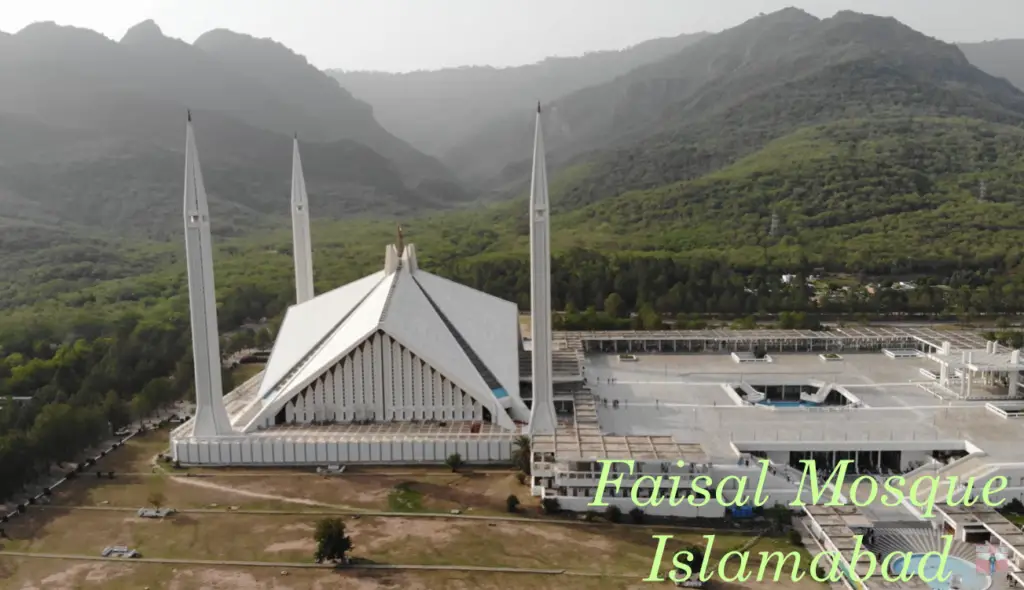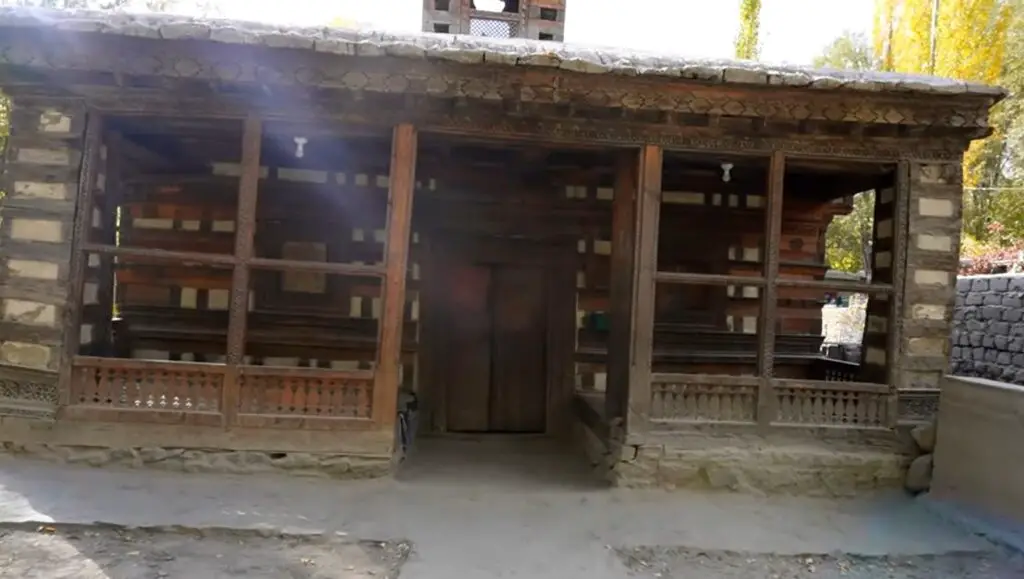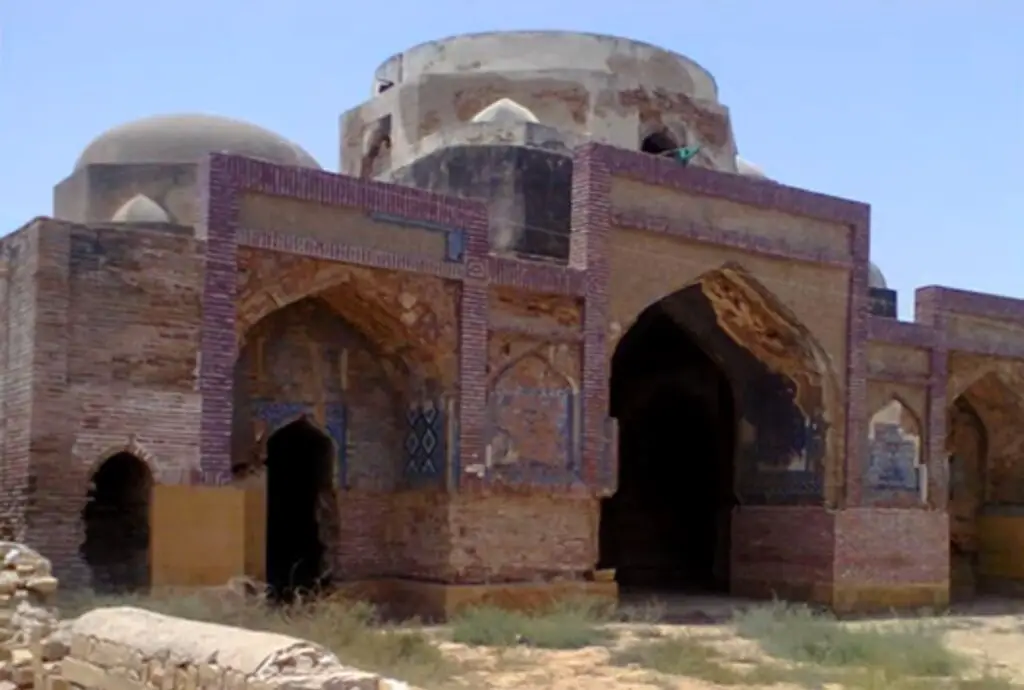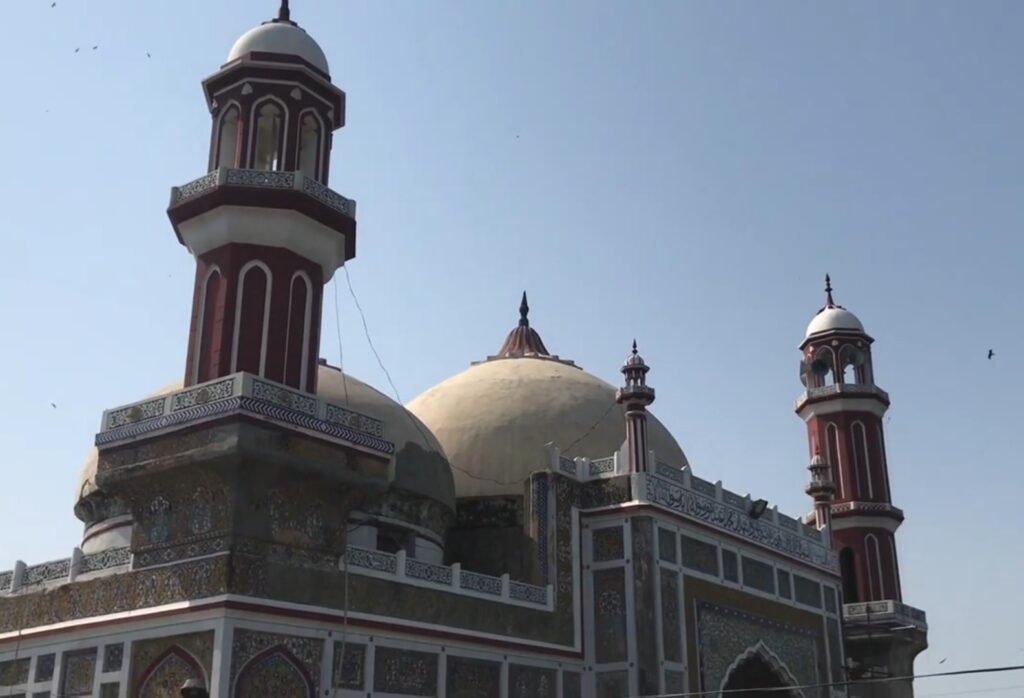Pakistan is a country that boasts a rich cultural heritage and a deep Islamic history, evident in its many historical mosques. The mosques in Pakistan are scattered throughout the country, are stunning examples of Islamic architecture, and have become popular tourist destinations for visitors from around the world.
Pakistan, with its rich cultural and historical tapestry, is home to some of the most magnificent mosques in the world. These architectural marvels not only serve as places of worship but also stand as testaments to the country’s diverse heritage. Let’s embark on a journey to discover some of the famous and historical mosques that grace the landscape of Pakistan.
Below is a list of historical mosques in Pakistan locally called Masjid.
List of Historical Mosques in Pakistan
- Shah Faisal Masjid, Islamabad
- Badshahi Mosque, Lahore
- Jamia Masjid Shahjahan, Thatta
- Wazir Khan Mosque, Lahore
- Mahabat Khan Mosque, Peshawar
- Tooba Masjid, Karachi
- Data Barbar Lahore
- Grand Jamia Masjid, Lahore
- Ilyasi Masjid, Abbottabad
- Sultan Mehmood Ghaznavi Mosque, Swat
- Moti Masjid, Lahore
1. Faisal Mosque, Islamabad:
Nestled against the backdrop of the Margalla Hills, the Faisal Mosque in Islamabad is a contemporary architectural wonder. Completed in 1986, it is the largest mosque in Pakistan and one of the largest in the world. The mosque’s unique design, shaped like an unfolding flower, is a blend of modern and traditional styles, creating a serene and captivating atmosphere.
2. Badshahi Mosque, Lahore:
Undoubtedly, one of the most iconic landmarks in Pakistan, the Badshahi Mosque in Lahore is a masterpiece of Mughal architecture. Commissioned by Emperor Aurangzeb in 1671, it boasts stunning red sandstone and marble work. The grandeur of its courtyard and the majestic beauty of its domes make it a symbol of Lahore’s rich cultural history.
3. Shah Jahan Masjid, Thatta:
The Shah Jahan Mosque in Thatta, a UNESCO World Heritage Site, is a magnificent example of Sindhi architecture. Built in the 17th century during the reign of Mughal emperor Shah Jahan, it features intricate tile work and a beautiful arch. The mosque’s geometric patterns and vibrant colors reflect the artistic excellence of the Mughal era.
4. Wazir Khan Masjid, Lahore:
Famous for its elaborate frescoes and exquisite tile work, Lahore’s Wazir Khan Mosque is a gem of the Mughal era. Built by the royal physician Wazir Khan during the reign of Emperor Shah Jahan, it is a testament to the architectural prowess of the era. The minarets of the mosque adorned with vibrant tiles make it a visual delight.
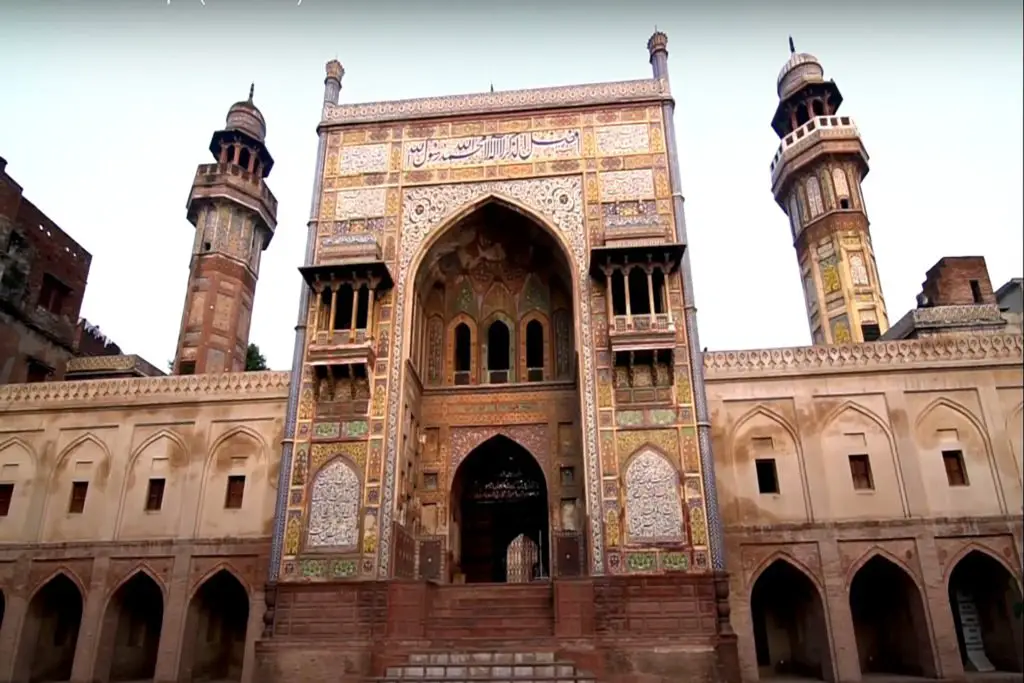
5. Mahabat Khan Mosque, Peshawar:
Located in the heart of Peshawar, Mohabbat Khan Masjid is an excellent example of the city’s rich cultural heritage. Built-in the 17th century by Mughal governor Nawab Mohabbate Khan, the mosque has a beautiful courtyard and intricate tilework. Its towering minarets and domes reflect the influence of Central Asian architecture.
6. Touba Masjid, Karachi:
Also known as the Round Mosque, Masjid Touba in Karachi is famous for the largest single-domed mosque in the world. Built-in the 1960s, its minimalist design and sheer architectural splendor make it an important landmark. The central dome of the mosque, supported by a single column, is an engineering marvel.
7. Data Darbar, Lahore:
While primarily a Sufi shrine, Lahore’s Data Darbar complex includes a grand mosque that attracts thousands of worshipers daily. The mosque’s architecture is a blend of Mughal, Hindu, and Sikh styles, reflecting the diverse history of the region. The sprawling complex exudes a spiritual atmosphere.
8. Grand Jamia Masjid, Lahore:
A modern addition to Pakistan’s mosque landscape, Lahore’s Jamia Masjid is a masterpiece of contemporary Islamic architecture. Completed in 2014, it combines traditional and modern elements, with a seating capacity of over 70,000 worshippers. Its intricate calligraphy and geometric designs add to its allure.
9. Ilyasi Masjid, Abbottabad:
Nestled in the scenic city of Abbottabad, Ilyasi Masjid is a captivating piece of architectural beauty. The mosque is renowned for its picturesque location at the base of Shimla Hill, offering worshippers a serene environment. Constructed with white marble, Ilyasi Masjid features intricate designs and a spacious courtyard. The mosque’s history is intertwined with the legend of a saint, and it continues to be a symbol of religious harmony and architectural elegance.
10. Sultan Mehmood Ghaznavi Mosque, Swat:
Swat Valley, known for its breathtaking landscapes, is also home to historical gems like the Sultan Mehmood Ghaznavi Mosque. Named after the famed Muslim conqueror Mahmud of Ghazni, this mosque reflects the architectural influences of the Gandhara region. The mosque’s structure, with its wooden columns and intricate carvings, showcases a blend of Islamic and Gandhara styles. Overlooking the Swat River, the mosque provides a spiritual retreat amidst the natural beauty of Swat.
11. Moti Masjid, Lahore:
Situated within the iconic Lahore Fort complex, Moti Masjid, or the Pearl Mosque, is a testament to the grandeur of Mughal architecture. Commissioned by Emperor Aurangzeb in the mid-17th century, this mosque is known for its pristine white marble, earning it the name “Pearl Mosque.” The three elegant domes, marble flooring, and exquisite calligraphy add to the mosque’s charm. Moti Masjid stands as a reflection of the Mughal era’s architectural finesse and the cultural richness of Lahore.
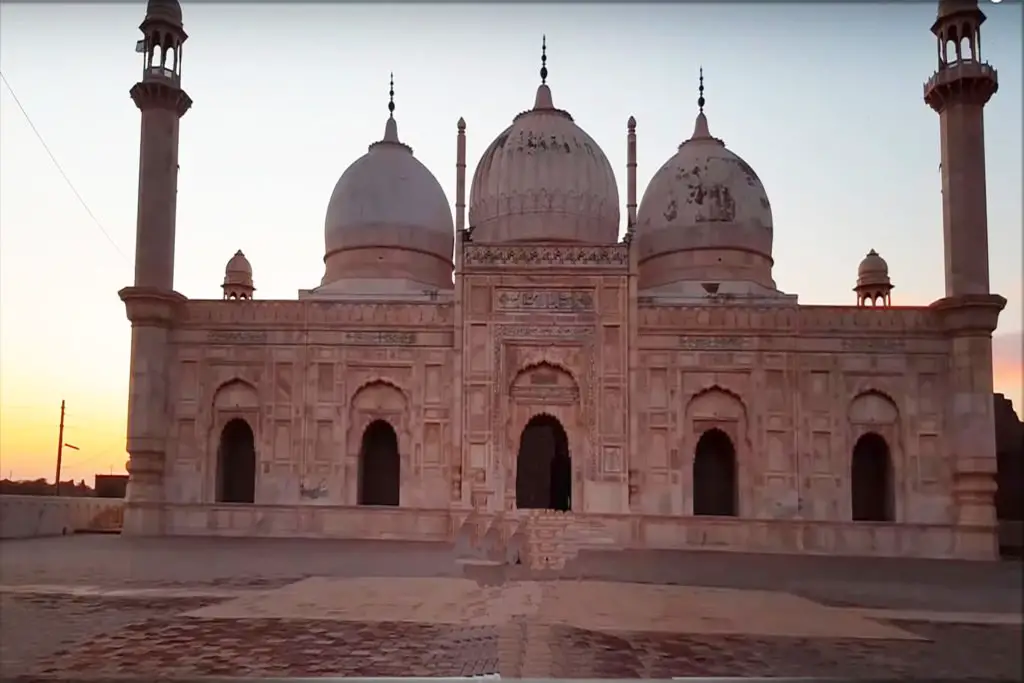
In conclusion, Pakistan’s historical mosques are a testament to the country’s rich cultural heritage and Islamic history. These mosques are not only places of worship but also architectural marvels that showcase the beauty and skill of the craftsmen who built them. Visitors to Pakistan should not miss the opportunity to explore these historical mosques and witness their beauty firsthand.

